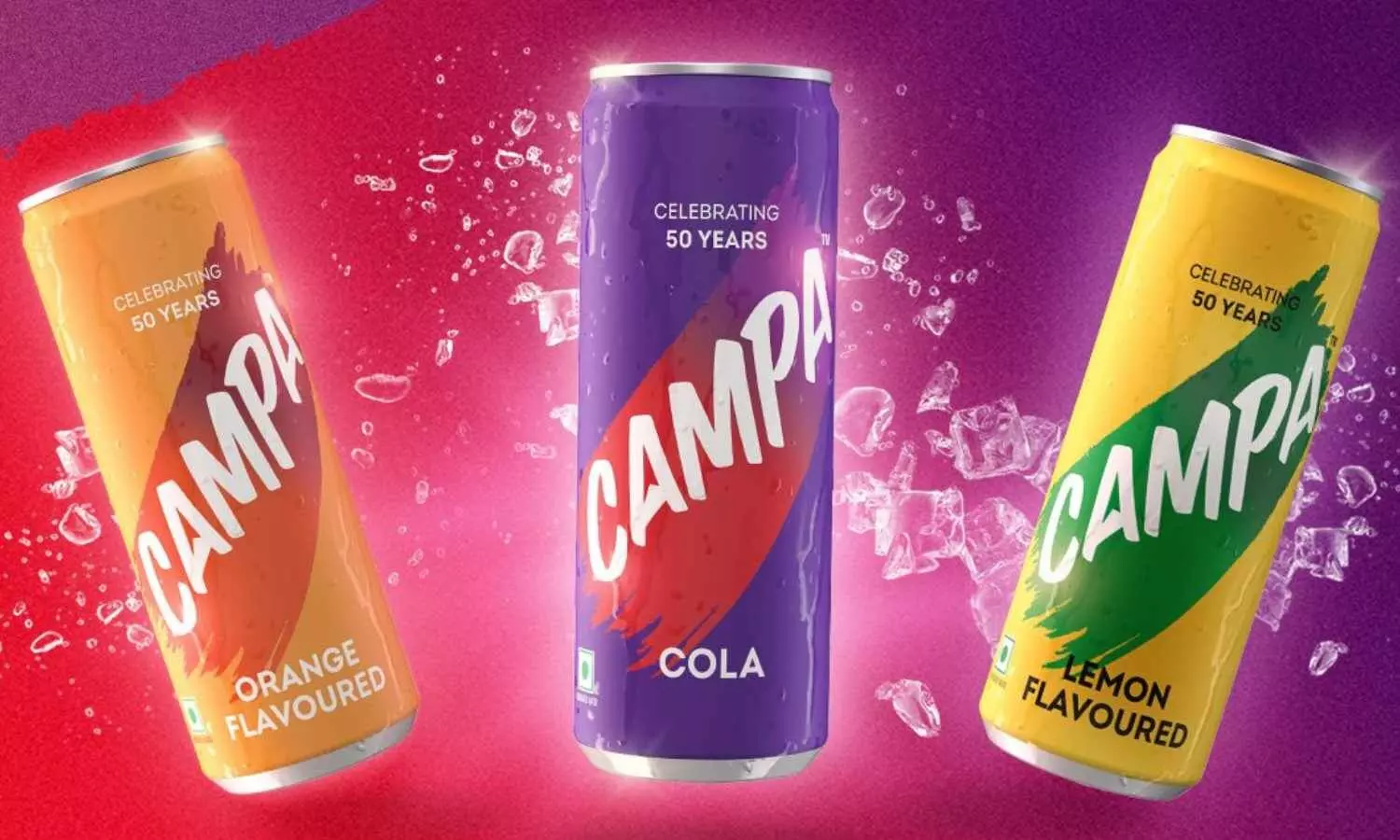This Strategy Helped Campa Cola to Capture 10% Market Share; Here’s All You Need to Know
In a highly competitive soft drinks market in India, Reliance Industries-owned Campa Cola has made a mark by following the tactic of disruptive pricing.
This Strategy Helped Campa Cola to Capture 10% Market Share; Here’s All You Need to Know

In a highly competitive soft drinks market in India, Campa Cola has made a mark by following the tactic of disruptive pricing. Owned by Reliance Industries, the revamped cola brand, once a seventies’ rock-star, is competing with established players like Pepsi and Coca Cola.
The fact of the matter is, the price war was inevitable. “You cannot identify new spaces to sell your beverages where Pepsi and Coke are not selling as they (such spaces) don't exist.
The only way you can take their space is by incentivising dealers, by making sure there is a price advantage,” highlighted consulting firm Technopak Advisor's Ankur Bisen. Interestingly, Reliance followed a similar strategy while launching Jio.
“Disruptive pricing, backed by higher retailer margins, is rapidly gaining shelf space and consumer mindshare, especially in value-driven rural segments. This is forcing other fast moving consumer goods (FMCG) brands to react with price cuts, pack-size boosts, and margin adjustments,” said Avinash Chandani, Partner, Deloitte India.
Reliance bought Campa Cola in August 2022 and revamped the brand in 2023. Since then, it has kept a simple strategy by pricing it at a very low price. Today, Campa Cola has captured a market share of 10%.
Priced at ₹10 per bottle, Capa Cola is sustaining through thin margins after getting accounted for taxes, packaging, logistics, and retail margins, thereby making the product dependable on volumes. As per the experts, if volume upticks in the coming 12-18 months, the low-cost offering will be justifiable.
However, this approach has prompted the cola industry to slash the prices of their product offerings. While established players are focussing on returnable glass bottles (RGBs) to reduce costs, newer entrants are using the low-cost polyethylene terephthalate (PET) bottles. In the long run, established players will face margin pressure, aggravating the challenges of the concerned industry.
Though low pricing may have given them a competitive advantage over others, Reliance may still have to streamline the supply chain against the incumbents, given the growing demand due to extreme summer and rising out-of-home consumption for small packs.
According to experts, industry leaders have presence in over 40 lakh outlets with 10–15% annual growth in distribution. Therefore, even with a strong pricing appeal and infrastructure investments, supply chain depth built over years by others cannot be replicated overnight. “Reliance will have to expand its back-end supply chain because the demand is only going to soar given that it has already hit Rs 1,000 crore in the cola market,” said brand strategist Harish Bijoor.
Additionally, consumers are looking forward to affordable options rather than branding, which in turn is putting pressure on profit margins and long-standing distribution loyalties. “The decision has now come to the price-sensitive buyer, where brand loyalty takes a backseat to affordability and availability,” added Chandani. This in turn has prompted industry players to focus more on small pack innovations. For instance, Amul has started providing low-cost offerings (example: ₹10 lassi) to garner a larger market share.
Notably, with the growing health conscious consumers, brands are also betting on low-sugar variants and functional drinks to match the evolving consumer tastes.

